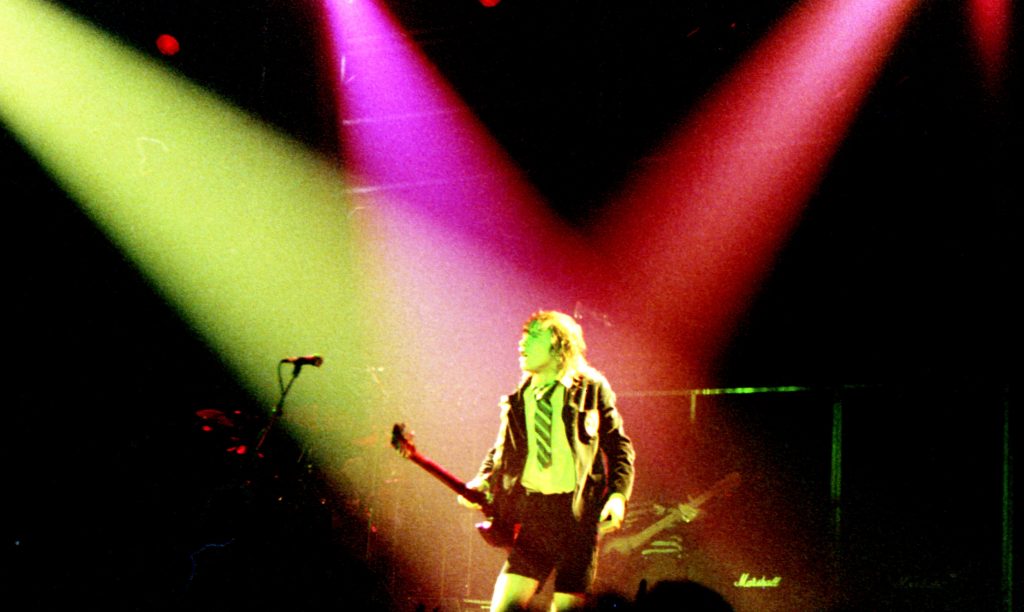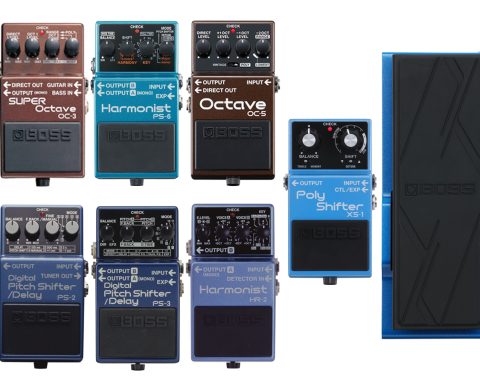The terms overdrive and distortion are often used interchangeably. This confusion might be due to a lack of awareness about the subtle nuances of each concept. From time to time, even manufacturers may fail to adequately differentiate the two drive effects. Luckily, clarity leads to understanding when describing guitar tone. In this quick guide, we’ll unpack the essential differences between overdrive and distortion for guitar players.
Movie Metaphors
Maybe our friends in the action-flick industry can help. Both overdrive and distortion add varying degrees of a beautifully aggro sound to guitars. Those gradations that tell the tonal tale. So, if you ever followed the Lethal Weapon series, overdrive would be Murtaugh, and Riggs would be distortion.
Or, think about the Sarah Connor in Terminator (1984) as overdrive. Conversely, the Sarah Connor of Terminator: Dark Fate (2019) is undeniably distortion. Dig the Marvel Universe? Well, duh, the Hulk is distortion, and let’s designate the Silver Surfer as overdrive.
"Overdrive pedals and processors represent a cranked tube amp (think AC/DC), or drive an amp into a natural grittiness."
Driving the Point Home
Let’s take a more technical view. Overdrive pedals and processors either represent a cranked tube amp (think AC/DC), or serve to drive an amp into a natural and vigorous grittiness. Simply put, overdrive strives to emulate the interaction of a guitar plugged into a tube amp. This means that overdrive pedals don’t color the source sound very much. Indeed, they react nicely to performance dynamics like volume-level adjustments and picking attack.

This is one reason guitar players celebrated the introductions of the BOSS OD-1 OverDrive and SD-1 SuperOverdrive. Both delivered sparse but potent controls (the SD-1 included a tone knob). Their circuitry was not only touch-sensitive, it didn’t artificially mess with the guitar tone. Furthermore, carrying an SD-1 in a guitar case ensures a player can get a pleasing and organic tone. This is the case no matter what kind of backline the venue has
Distortion Does the Dirty Work
Distortion, on the other hand, is usually anything but “natural.” It’s a feral yowl that rages like some wrathful, starving hound from hell. A distortion’s heavy saturation pretty much devours the source sound. It kicks performance dynamics and touch-sensitivity brusquely to the curb. Then it stomps on them.
Distortion drives the savage opening of “Revolution” by the Beatles. It also fuels the caterwauling swells of Muse’s “Hysteria” and the churning chunk of Smashing Pumpkins’ “Cherub Rock.” It’s a very useful effect for creating general mayhem, petulant sonic textures, and riffs you can’t ignore. For this reason, BOSS offers a few different flavors of distortion. These include the DS-1 Distortion, MT-2 Metal Zone, and DA-2 Adaptive Distortion.
Spicy Tone Recipes
How these two effects work into a live or studio performance can be easy as using overdrive for rhythm-guitar parts and distortion for solos. That’s the simple sauce. But there are myriad sonic recipes for either (or both) distortion or overdrive. In fact, the only thing holding you back is your imagination.
Go for a My Bloody Valentine vibe and run an overdrive into a distortion to dial in all kinds of havoc. Perhaps crank up the drive on an overdrive to get an “almost-but-not-quite-flaming-out-into-distortion” sound. That’s a great way to add interest to signature riffs.
Or turn the drive all the way down, and dime the tone knob to get a treble-booster-like effect. Then route the output of the overdrive into a maxed-out distortion pedal. That tone might even be scary enough to keep your drummer from checking his cellphone during rehearsal.

So that’s the story. Moving forward, you’ll have an increased awareness of the differences between these two important terms. With this new information, there’s no need to describe guitar sounds that aren’t clean and pristine as distortion or overdrive. By embracing the full range of the sonic spectrum, every guitar player can be a beacon for tonal truth.







